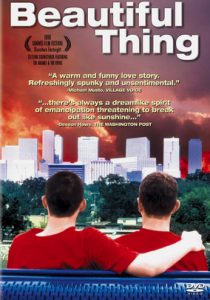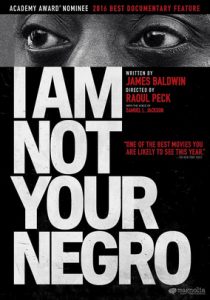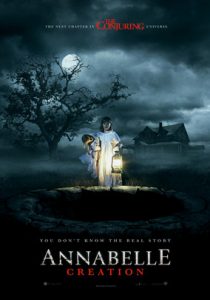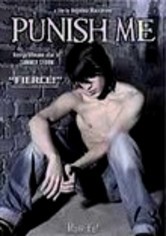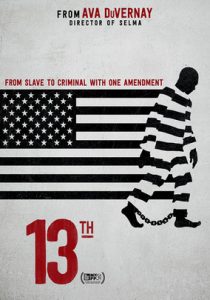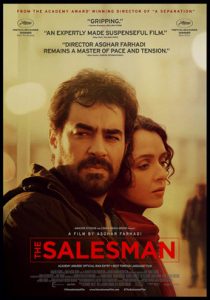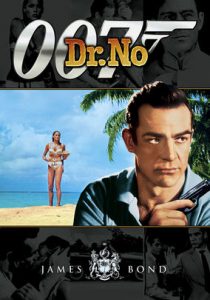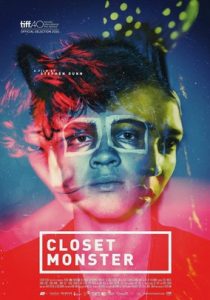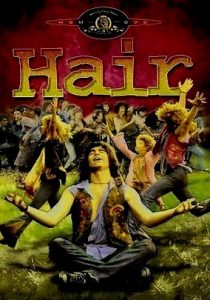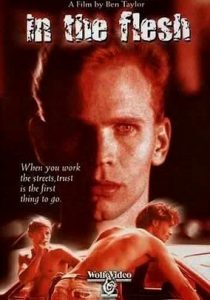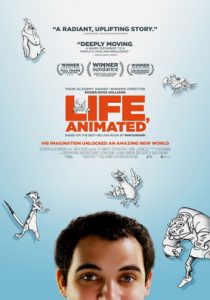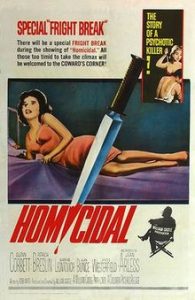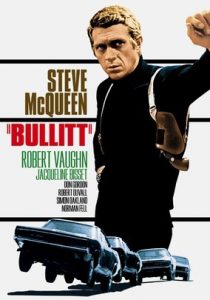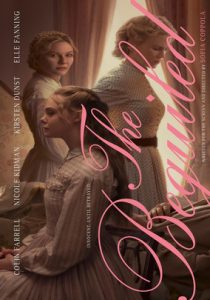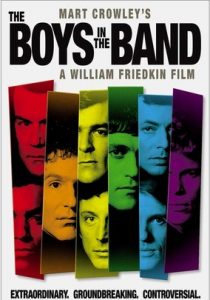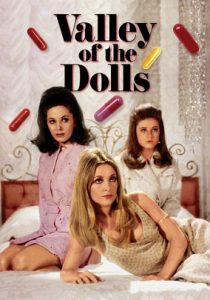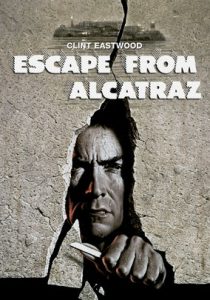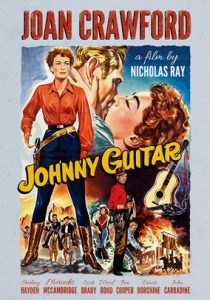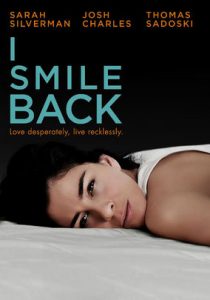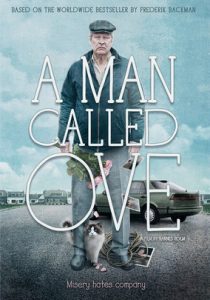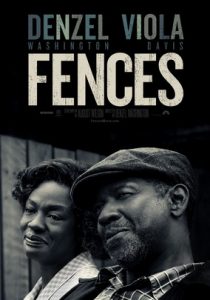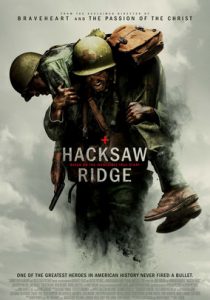Beautiful Thing-1996
Director Hettie MacDonald
Starring Glen Berry, Scott Neal
Scott’s Review #675
Reviewed August 20, 2017
Grade: B
Based on the play of the same name, Beautiful Thing is a heartwarming 1996 British LGBT film written by Jonathan Harvey and directed by Hettie MacDonald.
Incorporating music from the Mamas and the Papas, and specifically Mama Cass, the film undoubtedly was groundbreaking upon release in the 1990s due to its taboo (at that time) gay romance, but in the year 2017, this film suffers a bit from both a dated feeling and a play it safe vibe.
The action, just like a play would, takes place almost entirely within a working-class London apartment building in the present times.
The lead character is Jamie (Glen Berry), a high school student, intrigued by his male classmate and neighbor, Ste (Scott Neal). He also must keep an eye on his flighty mother, Sandra, who changes boyfriends like the weather, and aspires to open her pub- she is currently dating neighbor and understanding hippie, Tony.
Ste is the other central character. Shyer than Jamie, he has a difficult upbringing, living next door to Jamie with an abusive father and brother. Ste and Jamie eventually bond and a secret love story begins as the young men conceal their relationship from everyone else.
In the mix is a vivacious black teenage neighbor girl, Leah, who is obsessed with Mama Cass’s records, which her grandmother owns and frequently plays. Leah and Sandra are engaged in a lightweight feud, in large part because Sandra believes Leah is a bad influence on Jamie.
Keeping in close mind when Beautiful Thing (1996) was made, the film deserves an enormous amount of praise for, at the time, simply existing when LGBT films were hardly the norm.
Watching in 2017, though, the film loses a bit when compared with subsequent LGBT releases that broke more barriers with their mainstream viewership and much darker themes (LGBT masterpieces like 2006’s Brokeback Mountain and 2016’s Moonlight immediately come to mind).
Beautiful Thing also contains a safer, lightweight touch than the aforementioned films, making it now seem too much like fluff.
Director, MacDonald, mixes in humor so that while the message of a same-sex relationship is important, it is softened a bit by the comedy.
Specifically, the sidekick character of Leah lightens the message. The supporting characters may get a bit too much screen time. Sandra’s giggle-worthy job interview attempting to do “respectable work” in an office environment, or her man-hungry escapades, take away from the main story.
I also never felt any real threats or danger to the same-sex relationship. Sure, there is some brief disapproval, and a quick mention of Jamie not liking football (a negative gay stereotype that is unnecessary) combined with Ste’s abuse at the hands of his family, but even that is not perceived as a major obstacle to their, at that time anyway, shocking relationship.
On the other hand, the chemistry between the two leads (Berry and Neal) is wonderful and the best aspect of the film. Both actors convey the emotions of the characters perfectly- both coming into their sexuality, Berry’s Jamie is the more confident one, asking Neal’s Ste, in a sweet scene, whether he has ever been kissed.
This leads to a sleepover that is innocent and tender rather than steamy or sexual. I completely buy the characters as young lovers, coming to terms with their own identities while supporting the needs of the other, and becoming a good team.
The final scene, naturally accompanied by a Cass Elliot song “Dream A Little Dream Of Me”, is a touching, wonderful scene. Jamie and Ste dance together in broad daylight, for their entire complex to see, and subsequently are circled by both supporters and the curious.
As their show of support, Sandra and Leah join the boys and end their dispute.
Beautiful Thing (1996) offers a heartwarming conclusion to a fine, yet lightweight by modern standards, LGBT romantic film.
